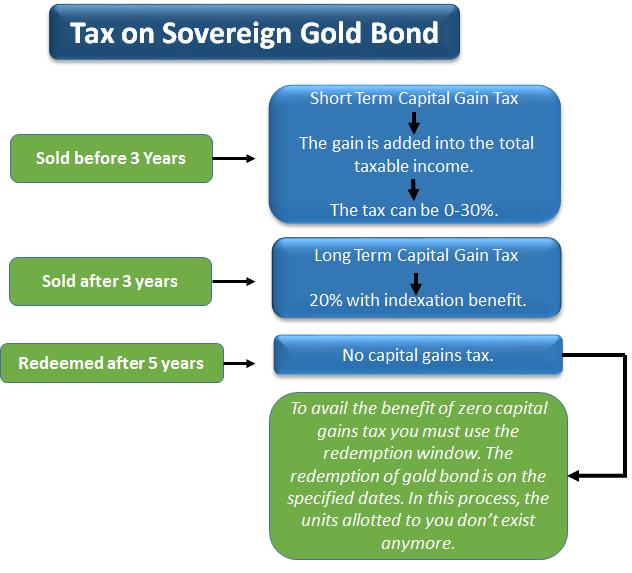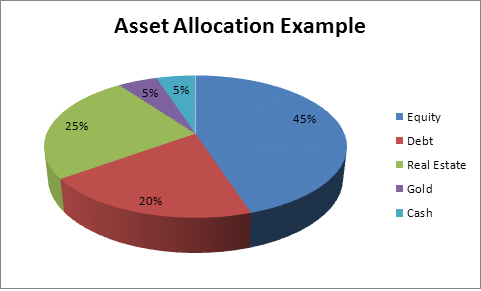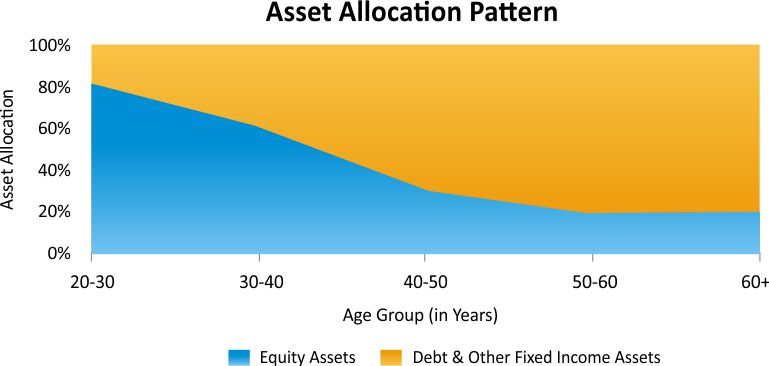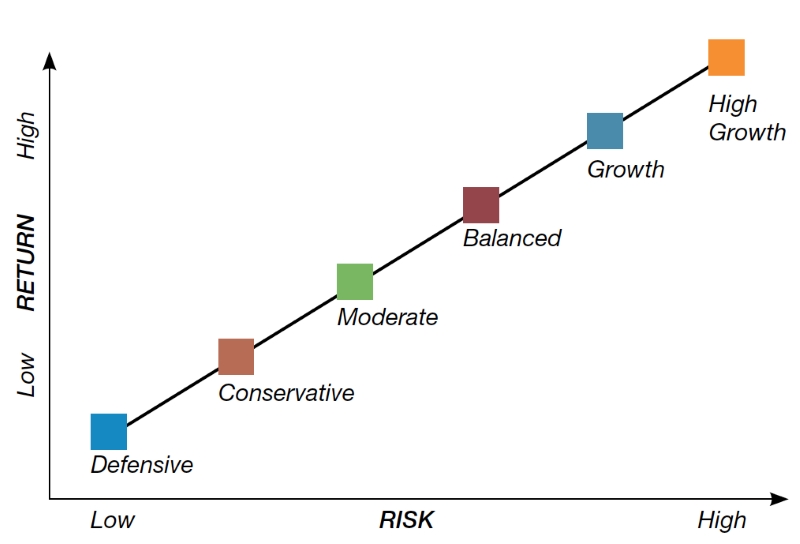International Mutual Funds – An Investment Option

International funds are equity funds that invest in stocks of companies listed outside of India. These funds help you invest in some of the biggest companies in the world. International Mutual Funds offer exposure to certain assets classes like foreign companies which otherwise may not be easily possible for investors through existing mutual fund schemes. Since the Indian market has a very low correlation with some of the overseas markets, having global exposure ensures healthy diversification and gives exposure to foreign currency as an asset class.
Why International Funds
- Get exposure to global leaders like Facebook and Google
- Good way to reduce portfolio risk as markets around the world rarely go down together
- Suitable for goals which are at least 5 years away
INTERNATIONAL MUTUAL FUNDS CAN FOLLOW TWO WAYS TO INVEST
- Purchase stocks directly & build portfolio – ICICI Prudential US Bluechip Equity Fund ( Create own portfolio )
- Invest in an existing global fund – PGIM India Global Equities Opportunities Fund ( Invest in PGIM Jennison Global Equity Opportunities Fund )
CATEGERISATION OF INTERNATIONAL MUTUAL FUNDS
- Thematic International Mutual Funds – Follow theme based investing approach and invest in foreign companies that belong to the concerned theme . Themes could be along the lines of Mining , Natural Resources or Real Estate for example DSP World Mining Fund invest in mining companies like Rio Tinto , BHP or BARRICK. In a similar manner Aditya Birla Sun Life Global Real Estate Fund invest in Real Estate Companies in foreign .
- Region or Country Specific Funds – These funds invest specific in particular region or country specific stock market . The AIM is to generate returns through available opportunities in the target market. Example- Motilal Oswal S&P 500 Index Fund invest in companies that are part of S&P 500 index or Greater China Equity Off-shore Fund which invests primarily in a diversified portfolio of companies incorporated or which have their registered office located in, or derive the predominant part of their economic activity from, a country in the Greater China region.
- Global Markets – This funds invest in global and do not restrict themselves to A specific region or A country. If you invest in these funds then you get diversified portfolio with stocks from across the world. Example- ICICI Prudential Global Stable Equity Fund (FOF) or Sundaram Global Brand Fund
BENEFITS OF INTERNATIONAL MUTUAL FUNDS
- Diversification – When investors buy stocks for an international portfolio, they are also effectively buying the currencies in which the stocks are quoted.
Economies of different countries simultaneously go through different growth cycles which maybe unrelated but studies have indicated that correlation reduces in the long term. Thus when you invest in other economies through mutual funds you can manage risks better and support overall gains even if your primary market underperforms. This balance ensures your portfolio volatility is maintained at the right levels your overall returns are not impacted drastically when the Indian economy may not be doing so well but others could be. There have been periods when Indian Benchmark indices have significantly underperformed global indices like S&P 500.
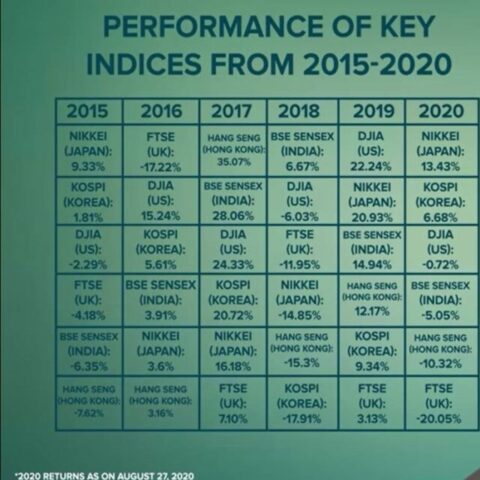
- Become owner of Big Global Businesses- Example – Apple , Facebook , Google , Nike , Adidas , Coca Cola , Mc Donalds, Visa , P&G etc
- Currency Diversification- The Indian rupee has been depreciating over the last few years, there are various reasons for this depreciation—from political instability to rising inflation levels to weak fiscal policies. One can take advantage of this situation by investing in international funds. When an investment is made in international funds, investors get exposure in foreign currency through investing in rupees. Any appreciation in the value of the foreign currency or any depreciation in the home currency will increase the returns.
In year 2000 $ 1 = INR 45 which in 2020 was $1= INR 75
RISKS OF INTERNATIONAL MUTUAL FUNDS
- Economic & Political Risk: As international funds invest in other countries or regions, the change in the economic or political condition of the country can impact the performance of the country and, subsequently, this can affect the fund’s performance.
- Currency Risk : Exchange rate movements could either enhance or diminish the return of that security. Currency risk, or exchange rate risk, comes from the chance that exchange rate movements could negatively impact an investment’s total return.
KEY TAKEAWAYS
An investment horizon of over 5 years or more is ideal in international mutual funds as it will flatten the risk of short term geopolitical events. It will also be beneficial from the perspective of taxation as these funds are taxed like debt funds and you can reap the benefit of indexation through long term capital gains tax.

